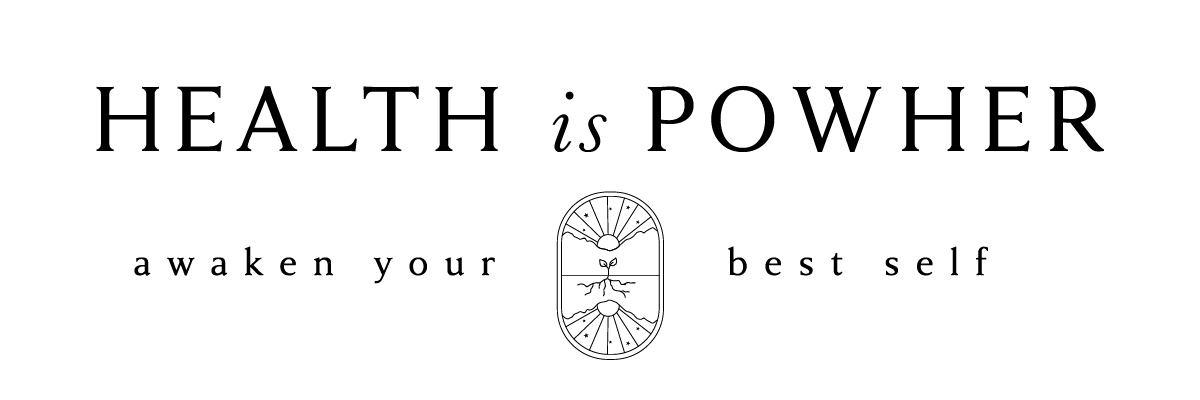Premenstrual Syndrome (PMS)
Integrative Medicine MD, Dr. Anna Esparham sheds lights on the science behind premenstrual syndrome and some tips on how to thrive rather than suffer through these dreaded days each month. Listen to this episode of the Health is PowHer podcast or keep reading!
The “time of the month” that everyone hates!
Premenstrual Syndrome or PMS always gets a bad rap like it’s something women can control, but it is an actual medical diagnosis, so everyone we should validate that for all the women who have to deal with some of the emotional affective symptoms surrounding menses: depression, anger, irritability, anxiety, confusion, difficulty thinking, social isolation AND the physical symptoms: breast tenderness, abdominal bloating, headaches, edema or swelling.
Do you have PMS or PMDD? What’s the difference
Most everyone has heard of PMS, but there’s another more severe form of PMS called Premenstrual Dysphoric Disorder (PMDD) which is also an actual diagnosis. So whenever someone tells you that “you are just PMS’ing,” you can flag this in front of them.
Symptoms of PMDD
PMDD may consist of much worse symptoms than PMS. The symptoms surround menstrual the period and include any number of the following:
depression and self-deprecating thoughts
anxiety, emotions swinging back and forth
persistent anger leading to conflict with people
dissociation and disinterest in your normal activities
worsening concentration, fatigue, exhaustion
changes in appetite (such as overeating and food cravings)
difficulty sleeping (can’t get enough sleep and want to sleep all the time)
feeling overwhelmed, feeling out of control
physical symptoms of breast tenderness, swelling
headaches, joint and muscle pain
bloating or weight gain.
Some women not only suffer from just PMS or PMDD, but can also suffer from a host of other chronic conditions including mental health disorders, endometriosis, irritable bowel syndrome, autoimmune disorders, migraines, pain syndromes, chronic fatigue syndrome, allergies/asthma etc…
What Causes PMS/PMDD?
There are several theories including:
The ovarian hormone theory: there is abnormal estrogen to progesterone ratios
The serotonergic theory in which serotonin drops when estrogen falls causing mood and pain symptoms
The psycho-social theory: this theory states that women have an unconscious conflict about femininity and motherhood. Alternatively, if a woman has suffered emotional trauma especially sexual abuse there may be a disconnection with physiologic female processes
Sociocultural theory is about the conflict in women regarding dual roles of in society (delicately balancing a full career and motherhood)
Getting past the theories and into the science...
All these are just theories. What has been shown in the literature and research is that there are abnormal levels of inhibitory neurotransmitters and “feel good neurotransmitters” such as GABA. There are excessive levels of glutamate which is your “not-so-feel good neurotransmitter” and leads to inflammation and pain. There are changes in the brain that can occur as well. Effects on BDNF (brain derived neurotrophic factor) can affect cognitive processing during PMS or PMDD.
Conventional treatments for PMS
Antidepressants are prescribed to increase serotonin in the system (serotonin is a hormone that commonly known to drop when estrogen levels drop right before onset of menses)
Oral contraceptives or hormonal therapy (there is a high placebo rate here) but there’s limited evidence supporting this
Psychotherapy and cognitive behavioral therapy have had moderate benefit
How to treat PMS integratively and naturally
Good news! There is so much you can do naturally to help with PMS! Diet and nutrition are key in treating PMS and PMDD. Supplements, botanicals and mind-body therapies have also been shown to be effective!
Nutrition
Unfortunately, the western diet has always been shown to be associated with PMS! High sweet intake especially exacerbates symptoms. Following a diet consisting of healthy fats, protein, and complex carbs along with decreased refined carbs/unhealthy fats, dairy/gluten, and alcohol may potentially help decrease food cravings. Aim for increased healthy fat intake especially! Two grams of omega-3 fatty acids daily reduces depression, anxiety, and physical symptoms of PMS while improving concentration.
Supplements
Vitamin D - may improve symptoms associated with PMS (P.S. did you know vitamin D receptors are found in the brain with potential to increase levels of certain neurotransmitters!)
Calciumsupplementation up to 1000-1200 mg with vitamin D/magnesium may also improve PMS symptoms
Vitamin B6 and magnesium: there is some limited evidence for helping PMS symptoms
Thiamine may reduce mental/emotional and physical symptoms when given for 100 mg daily for 2-3 menstrual cycles
Omega-3 (fish oil, flaxseed oil) supplementation or obtaining it through dietary sources at a quantity of 2 grams or 2000mg daily has been shown to reduce symptoms and improve concentration.
Botanicals
Mind-Body and Other Therapies
Aerobic exercise at least three days a week has been shown to balance hormones, decrease fatigue and improve concentration. Multiple studies have shown that aerobic exercise improves PMS symptoms. Stay tuned for future posts where we will provide workouts targeted towards improving PMS!
Practicing yoga anywhere from twice a week to daily may improve symptoms of PMS including bloating, swelling, and breast tenderness. Yoga practice has shown improvement in psychological status of PMS as well! An added benefit is that it increases alpha brain waves which leads to improved attention levels.
Light therapy has been shown to help mood during PMDD. Acupuncture has limited evidence but may provide relief to symptoms. Relaxation techniques such as progressive muscle relaxation or meditation assist in achieving better parasympathetic and sympathetic nervous system balance.


